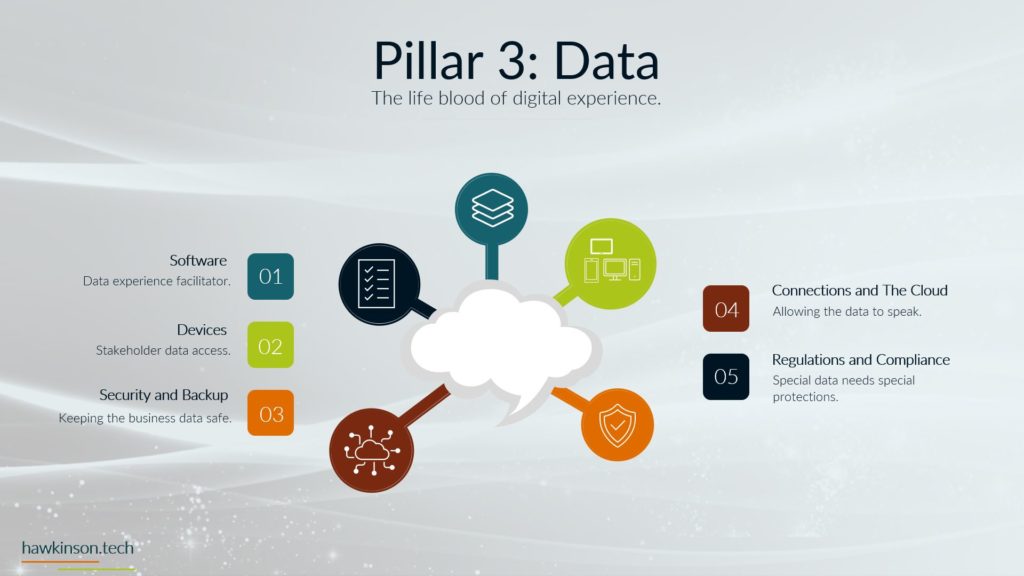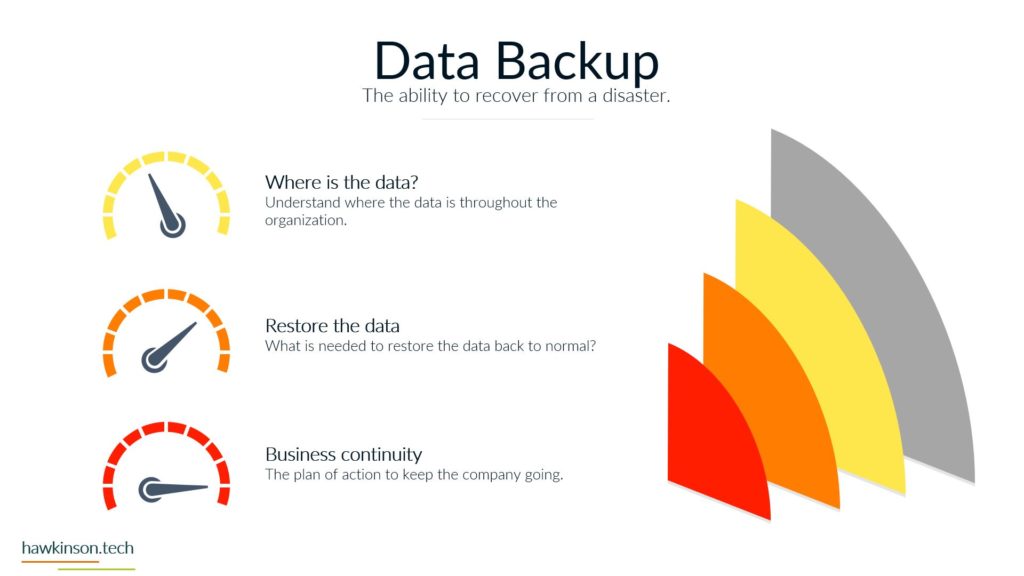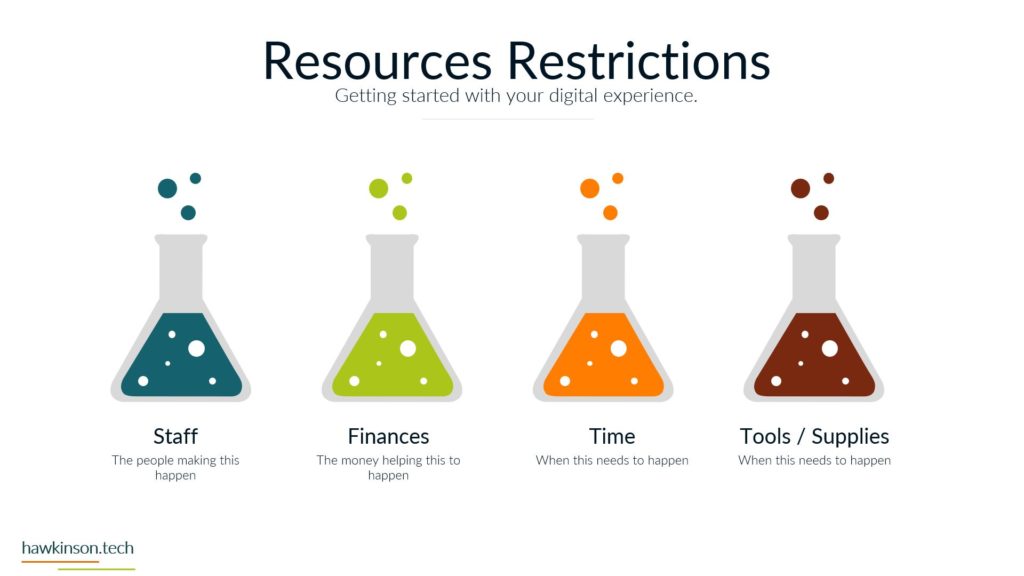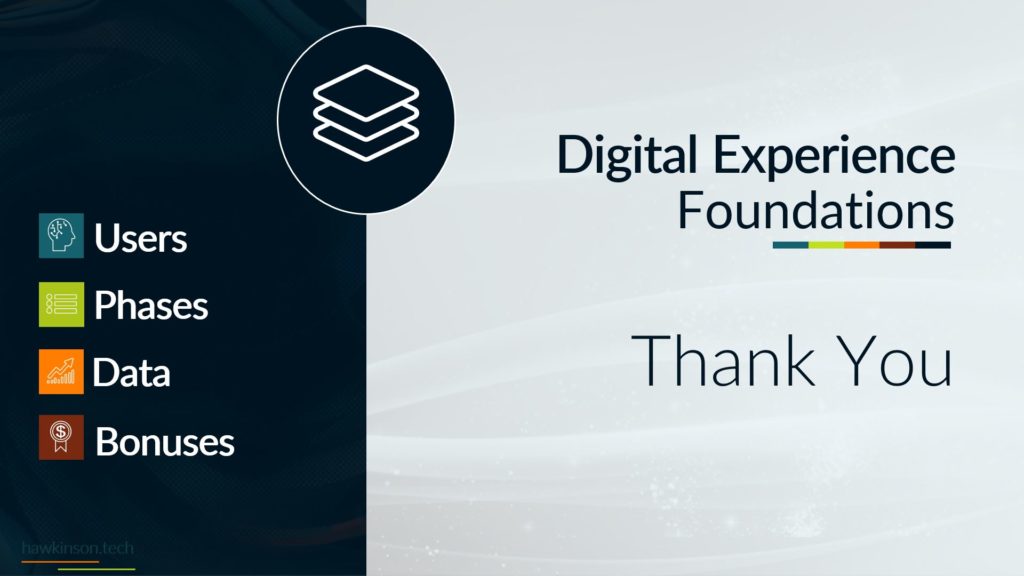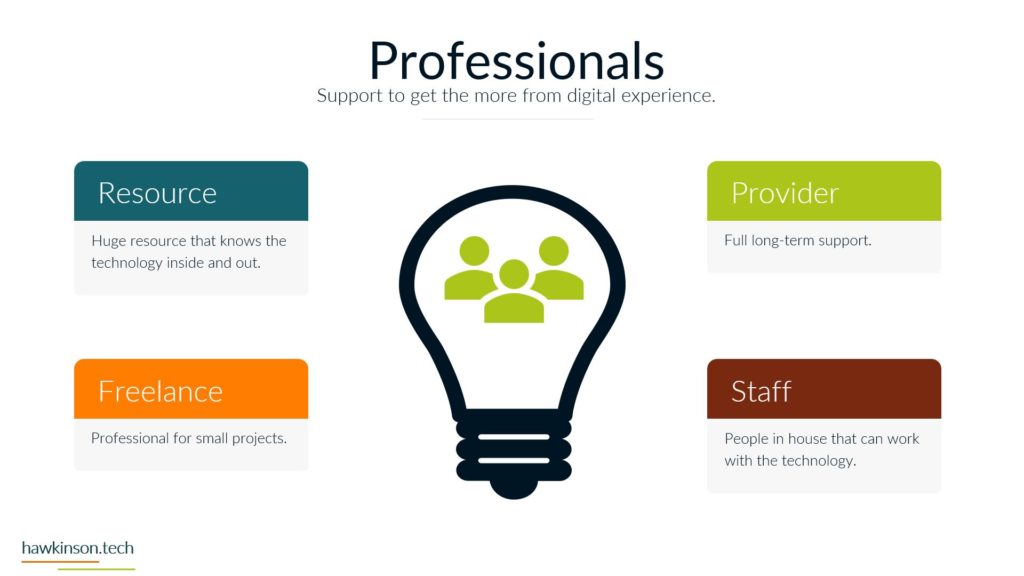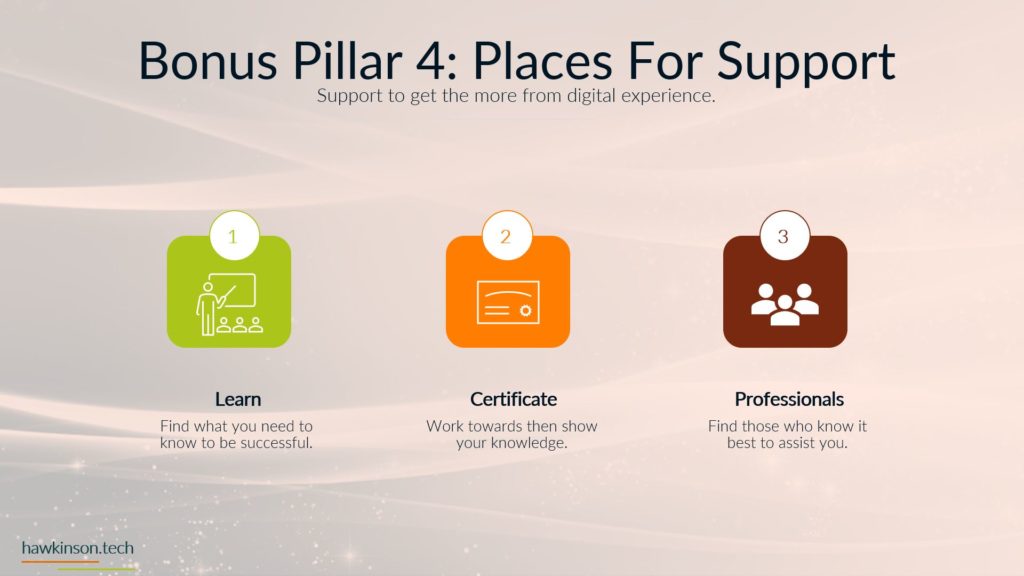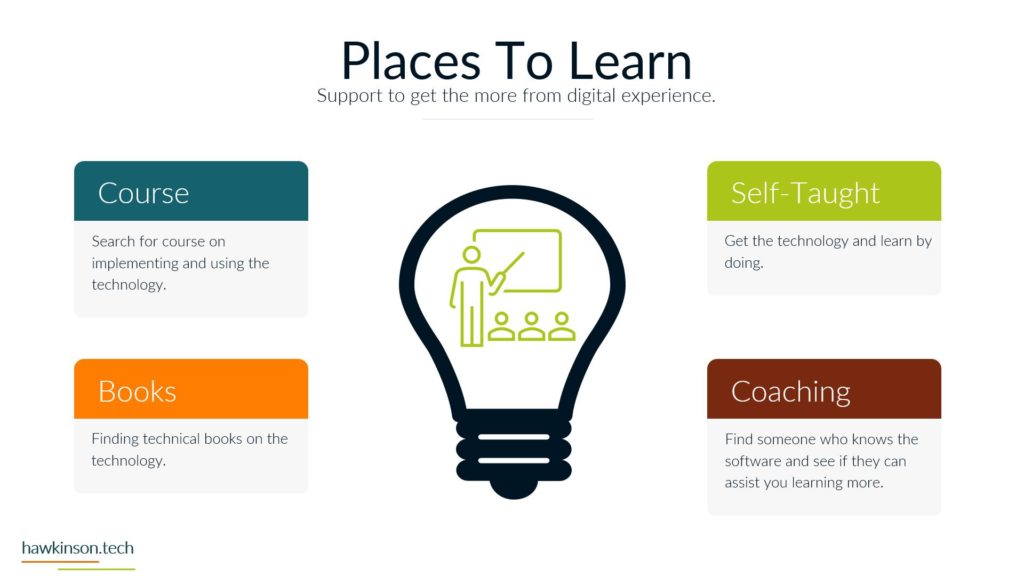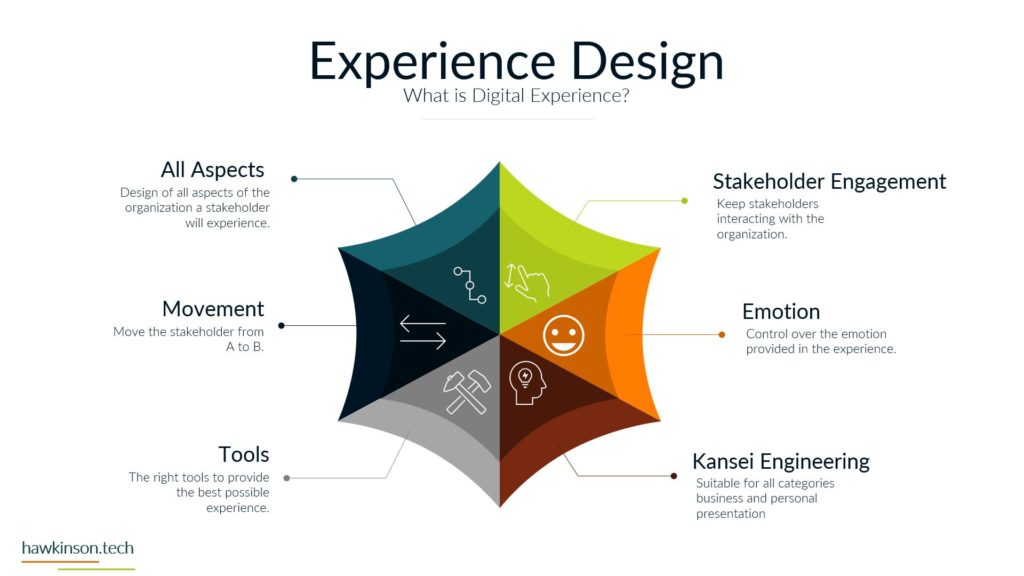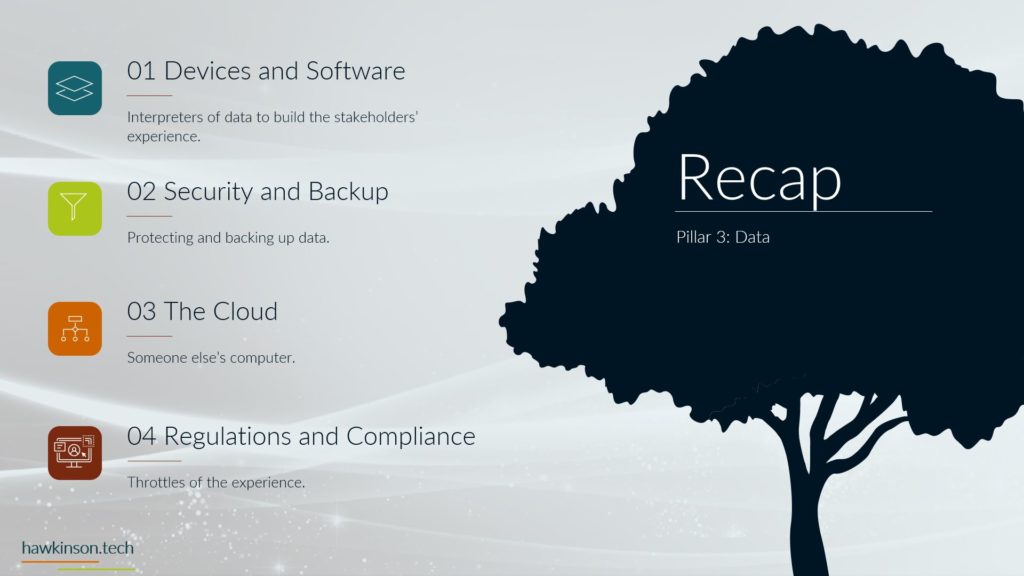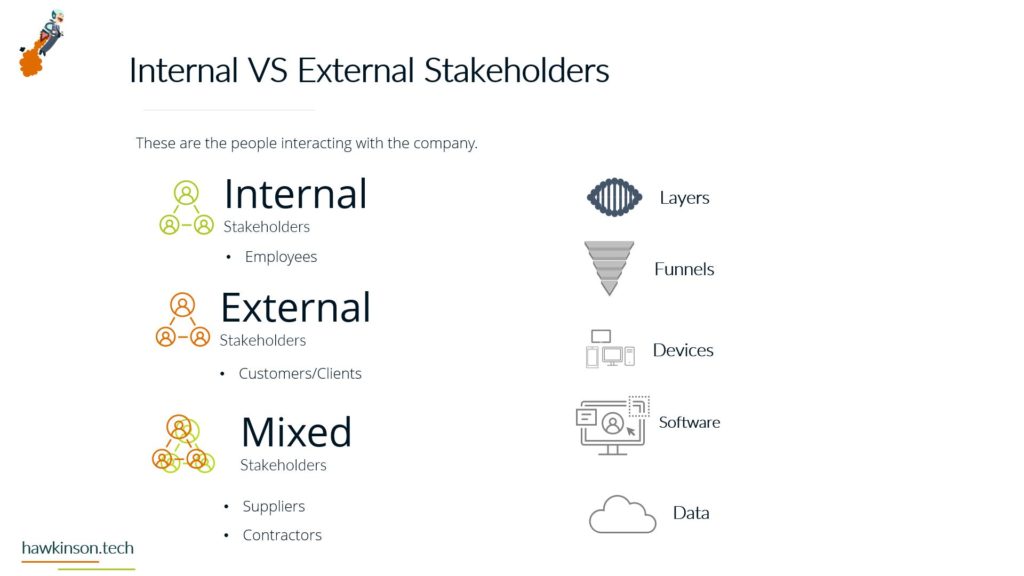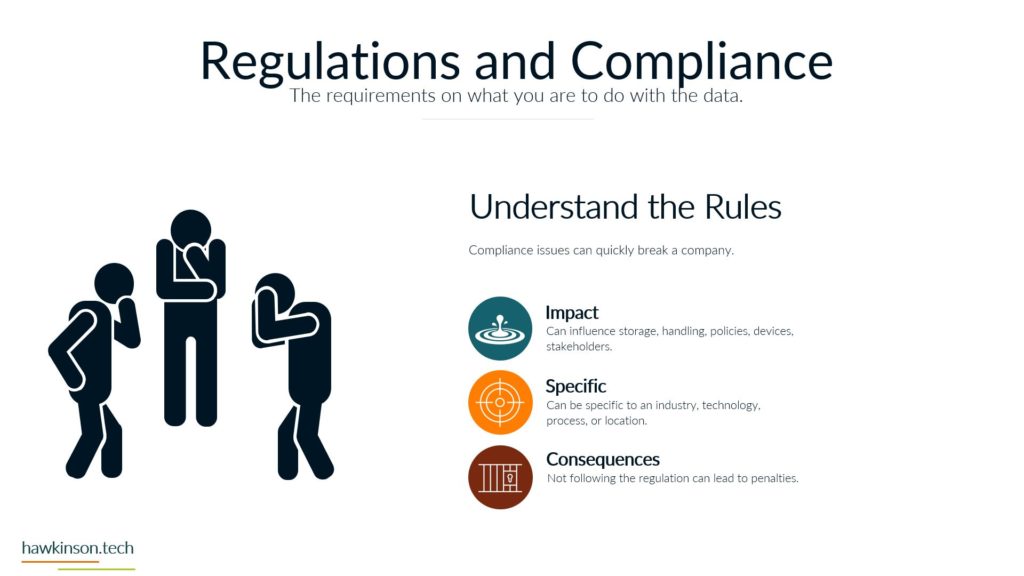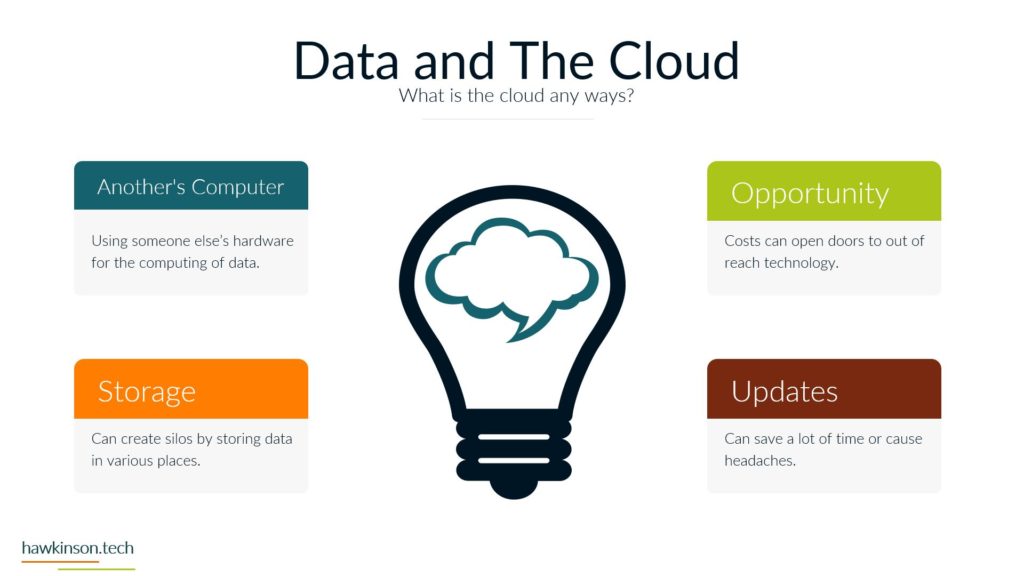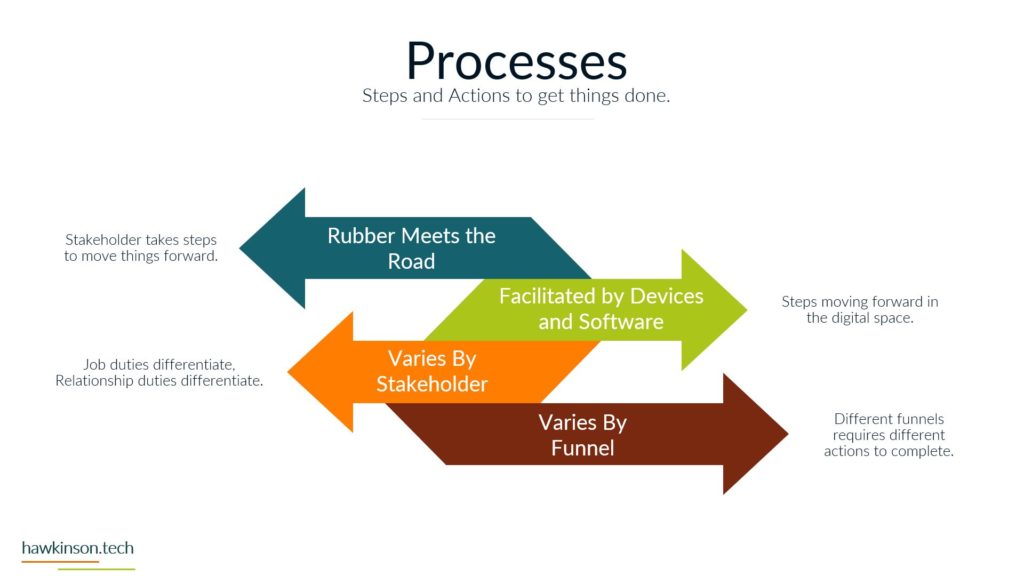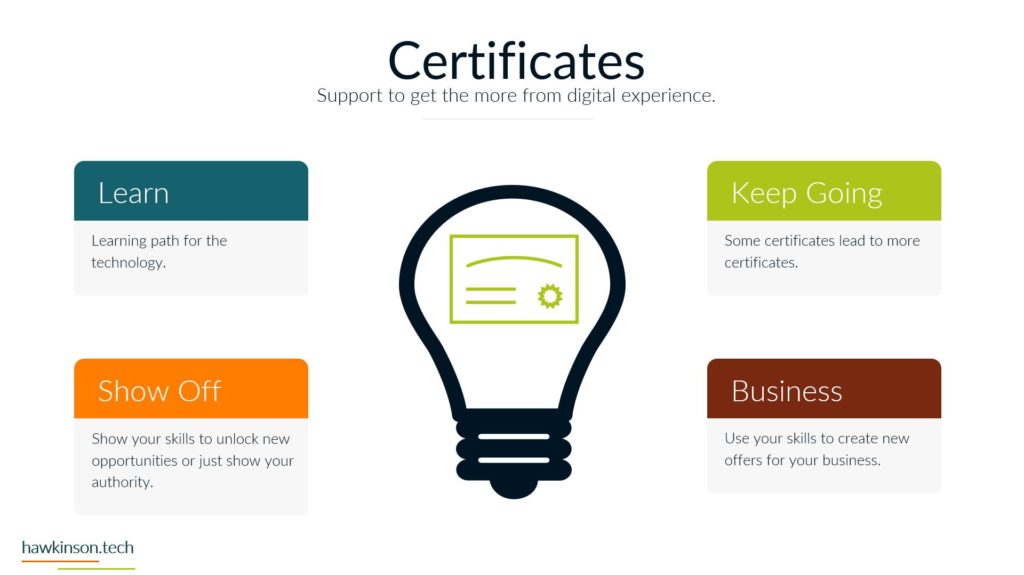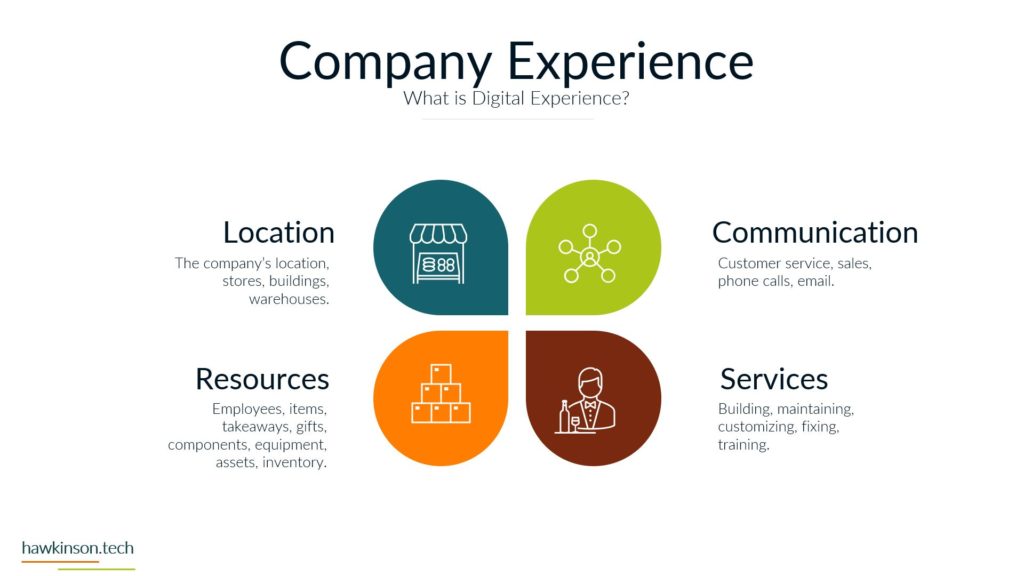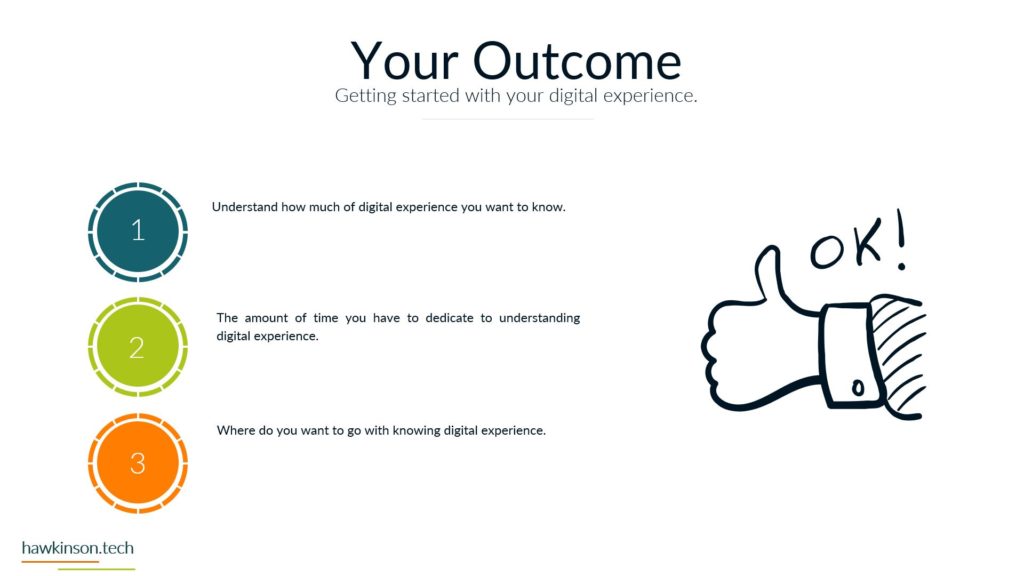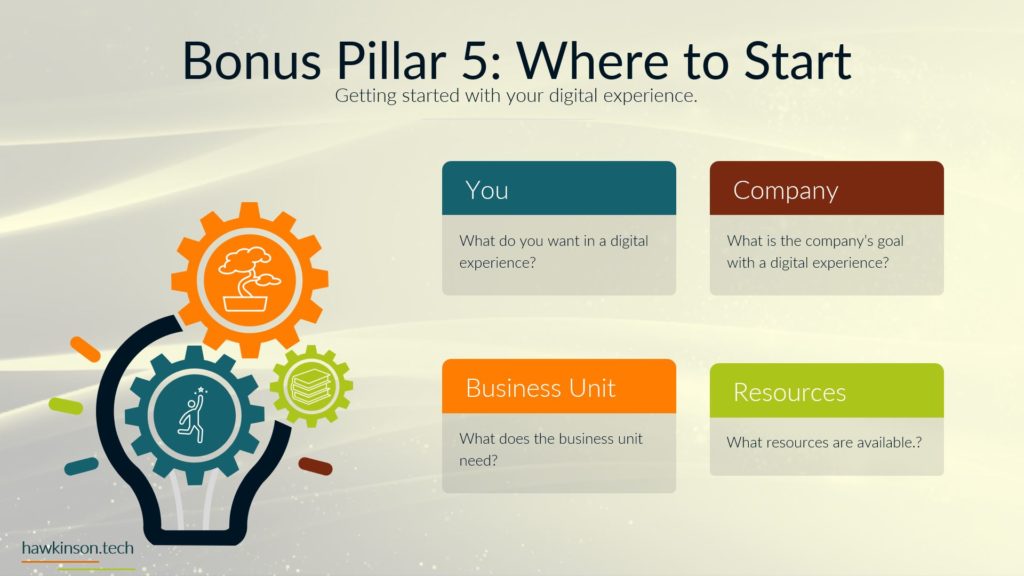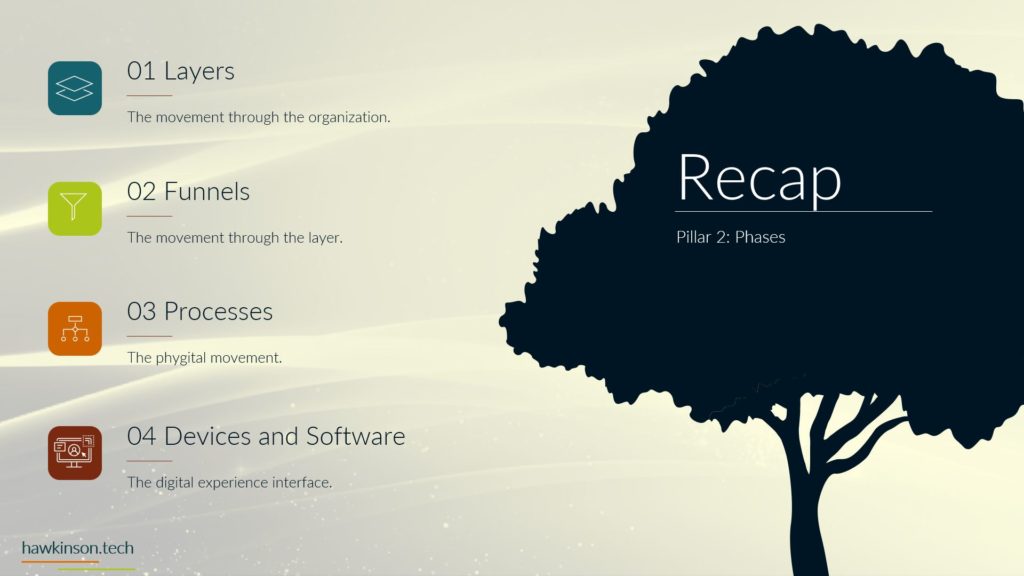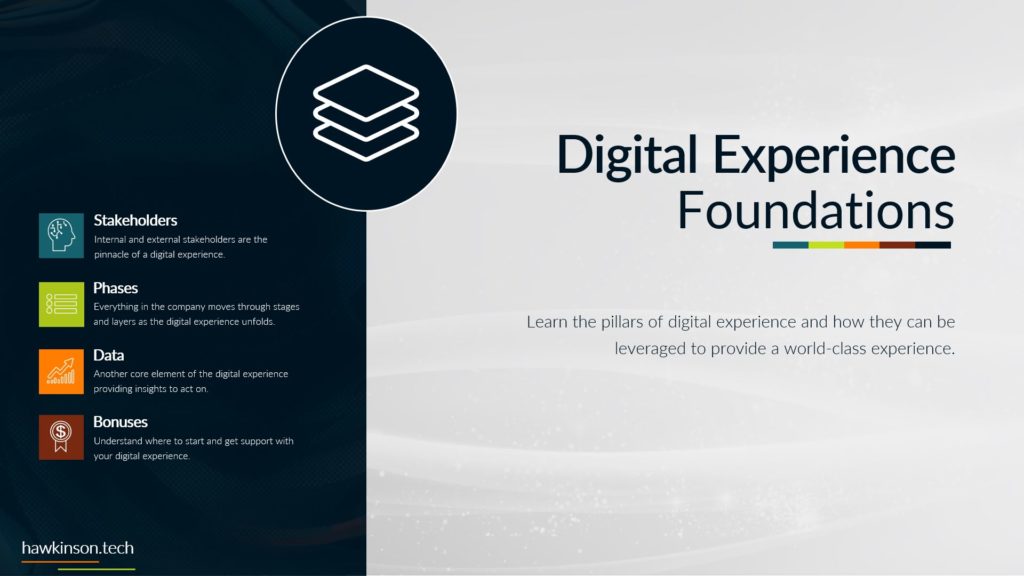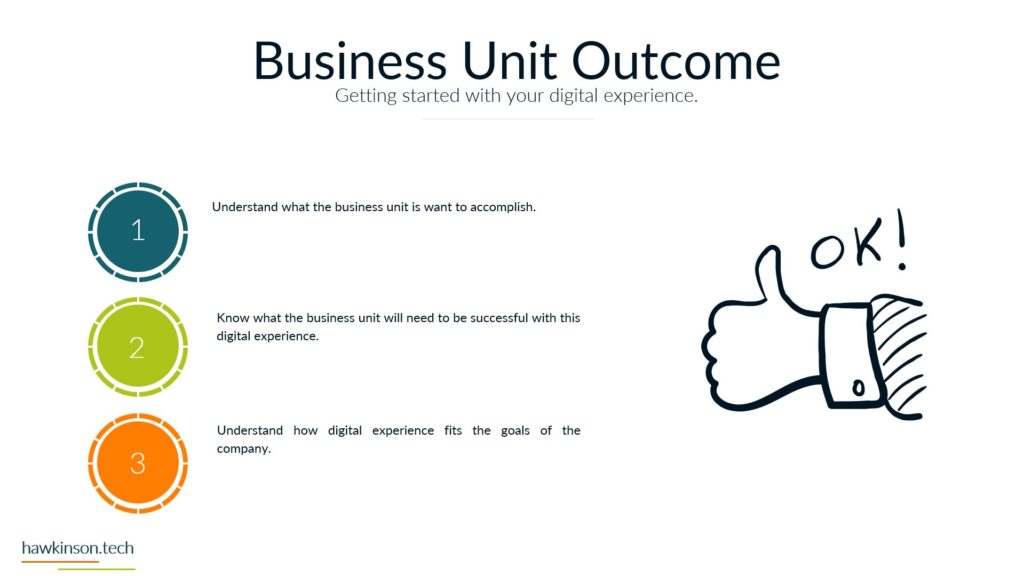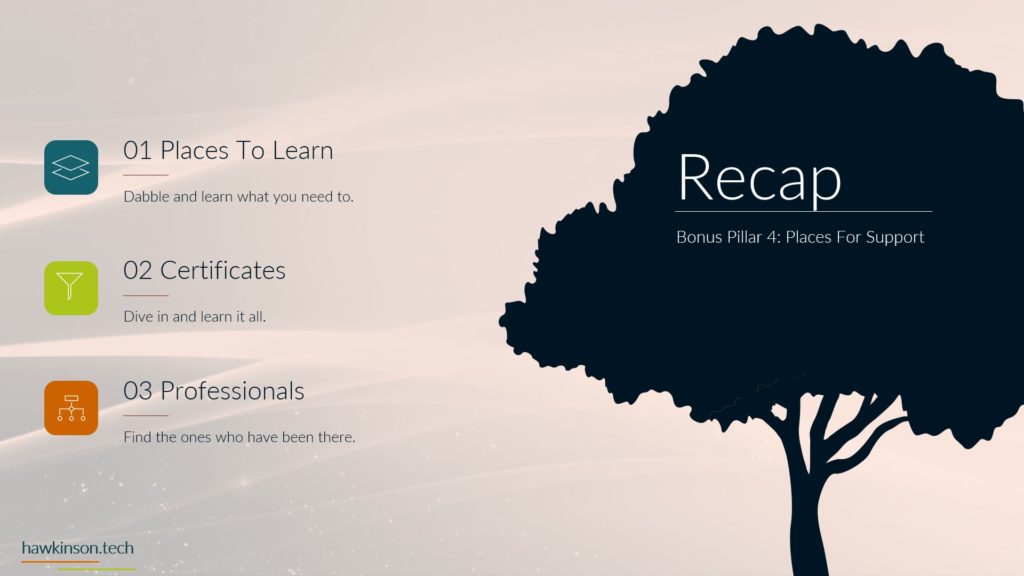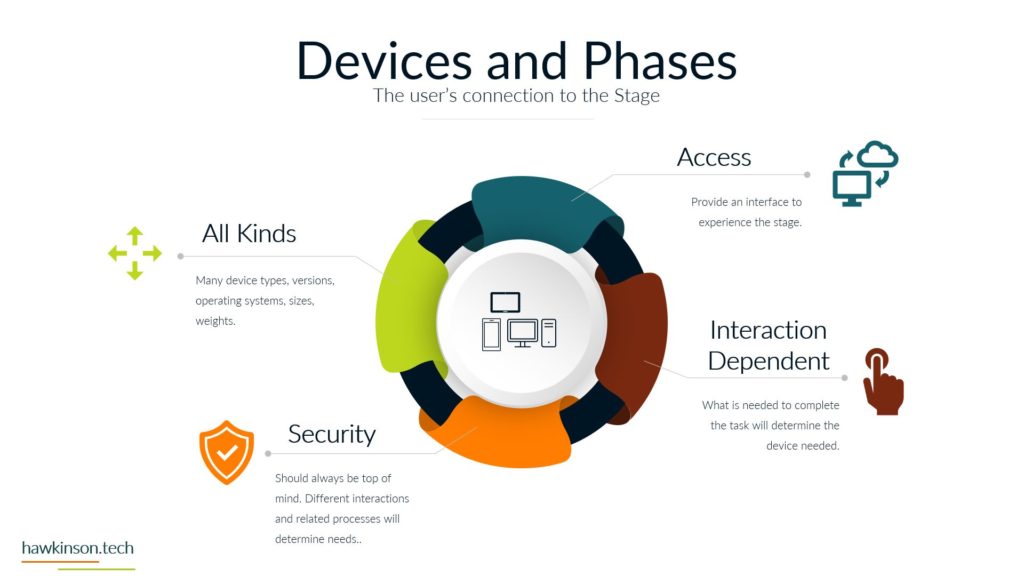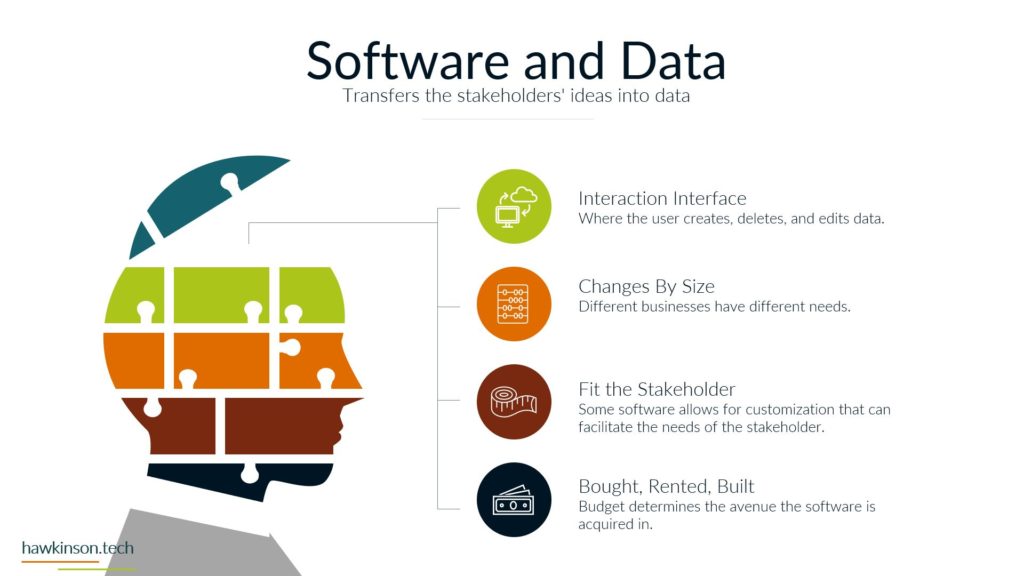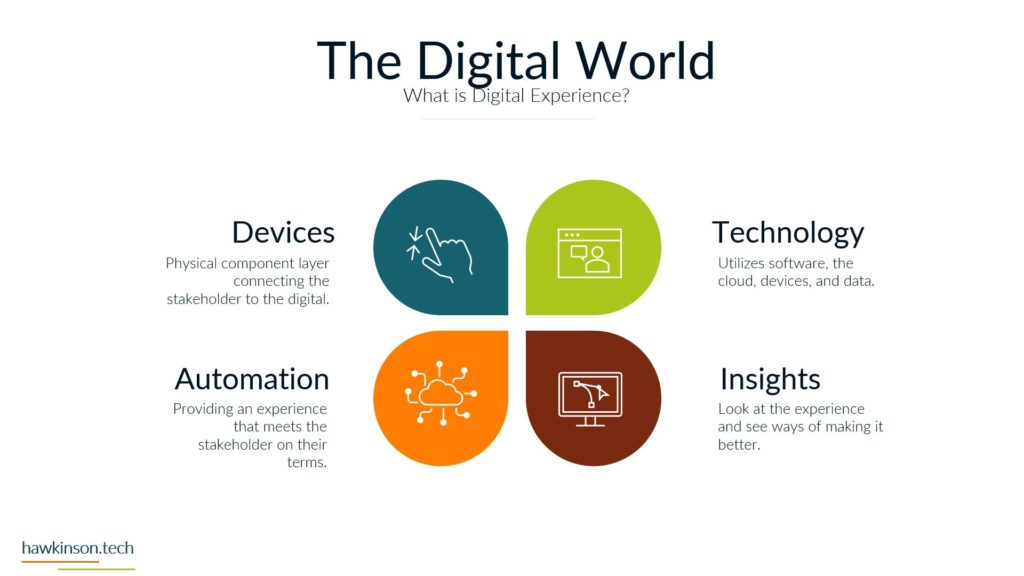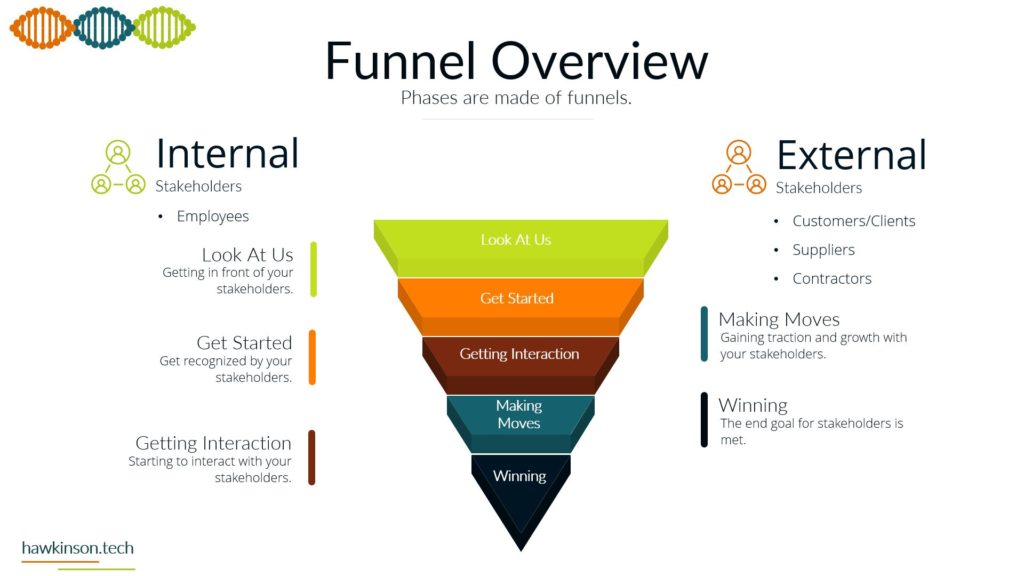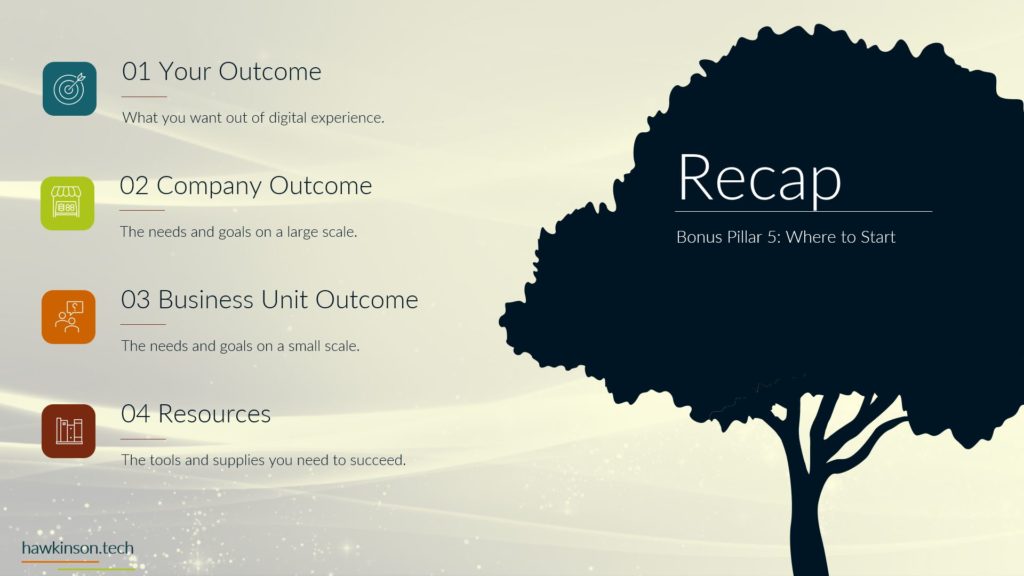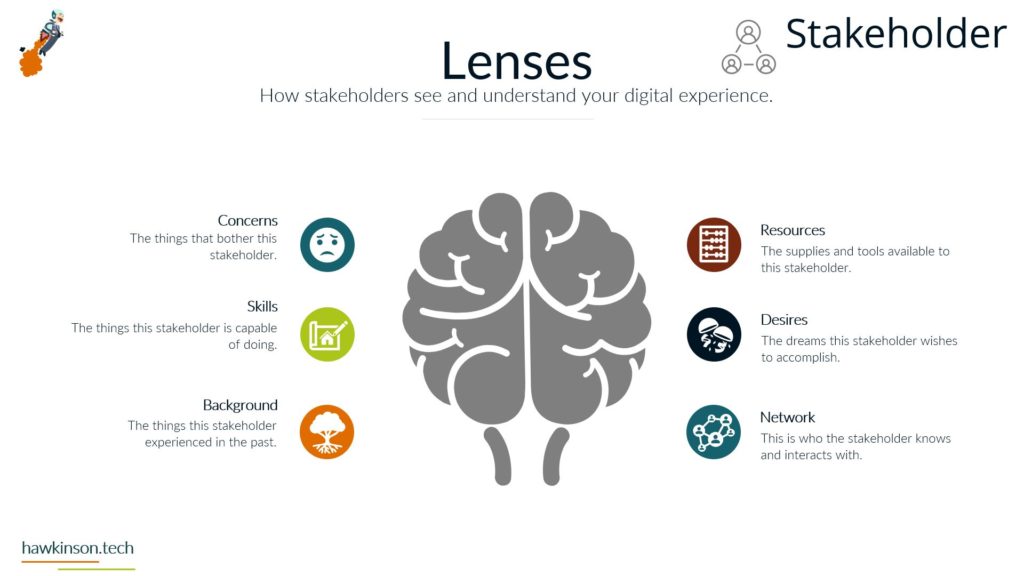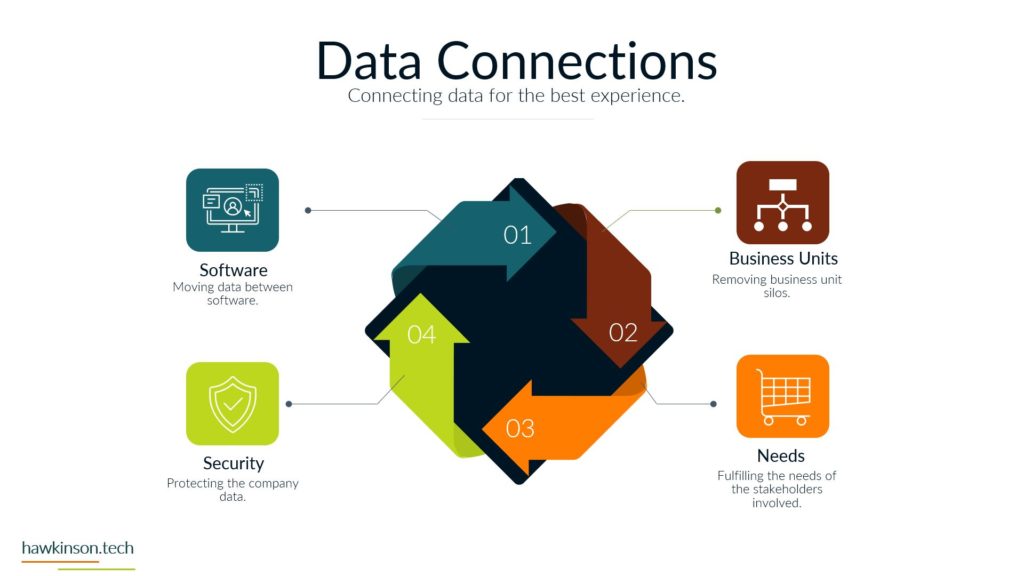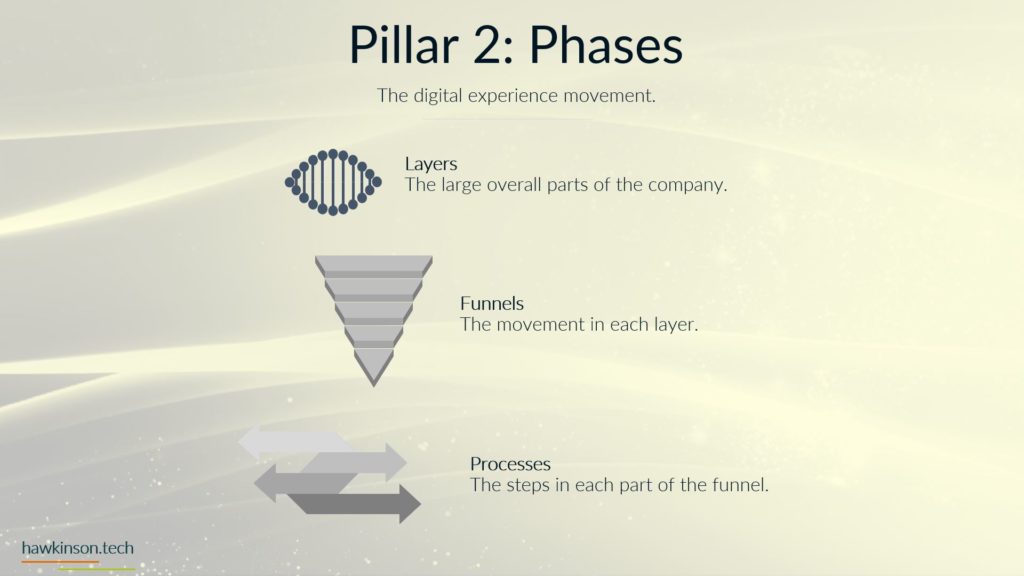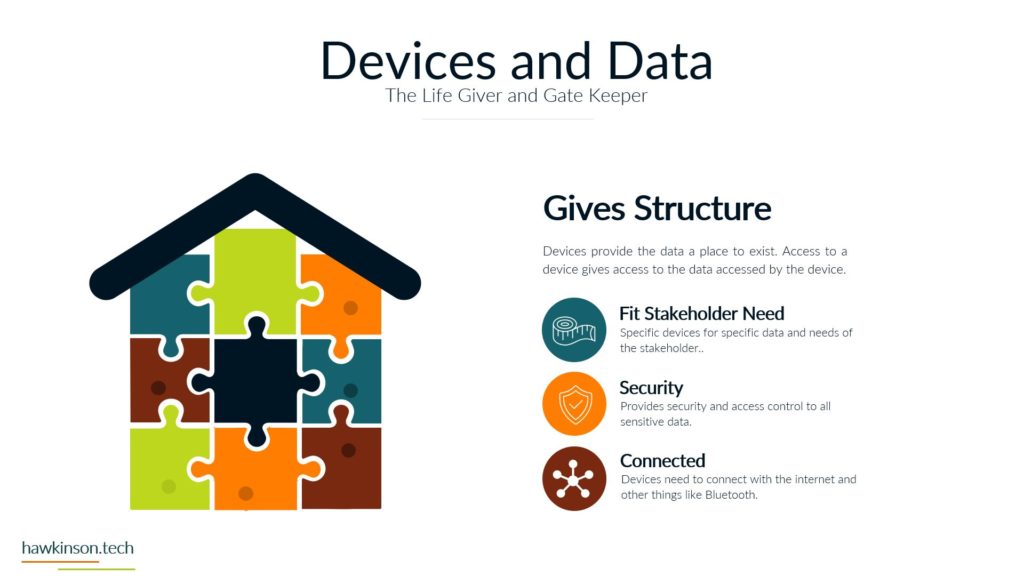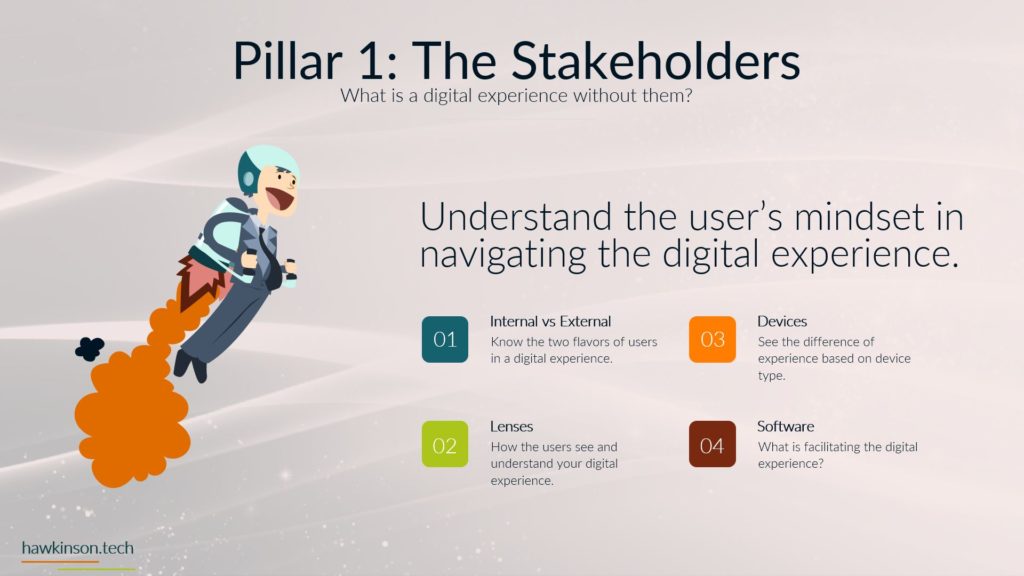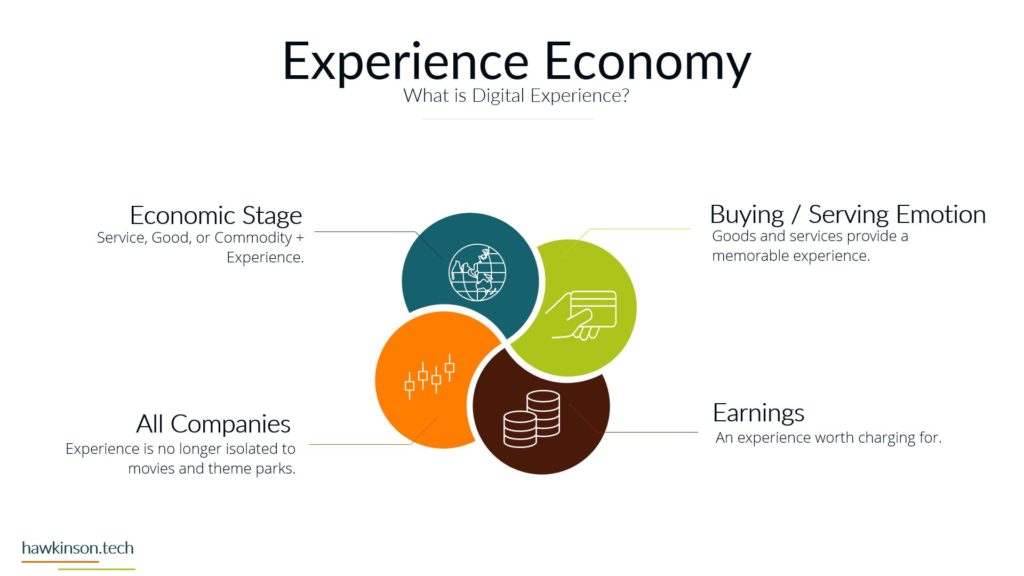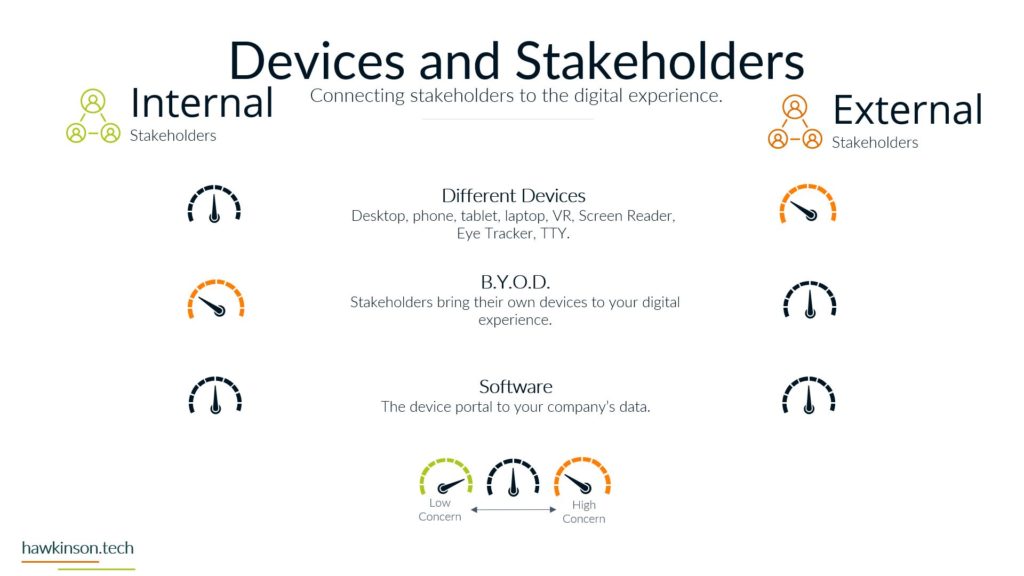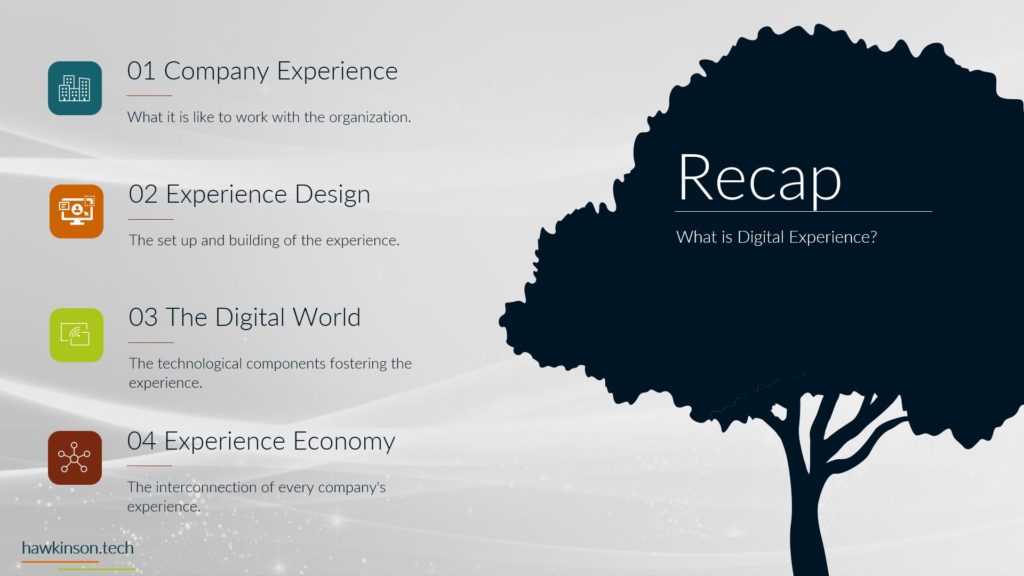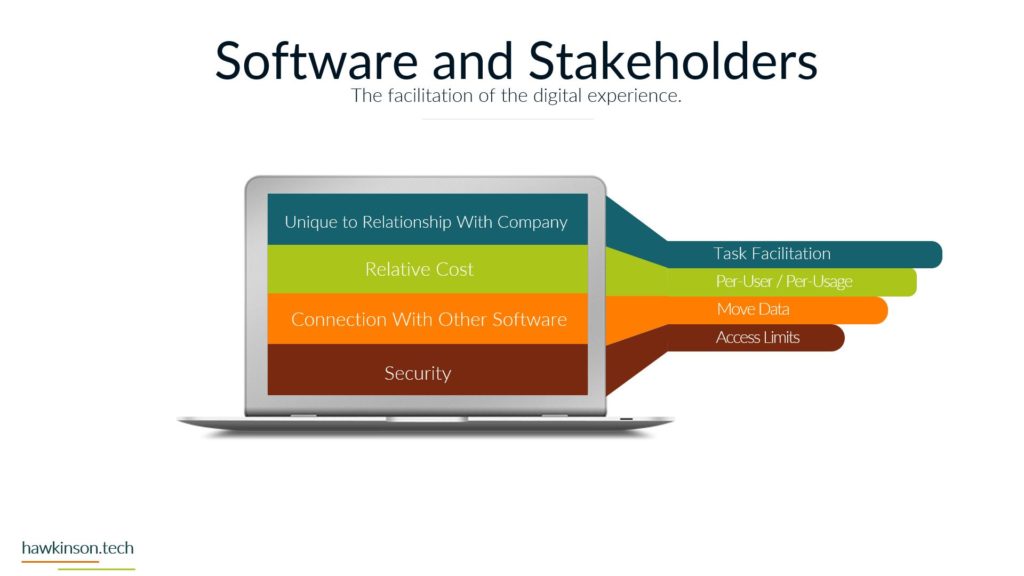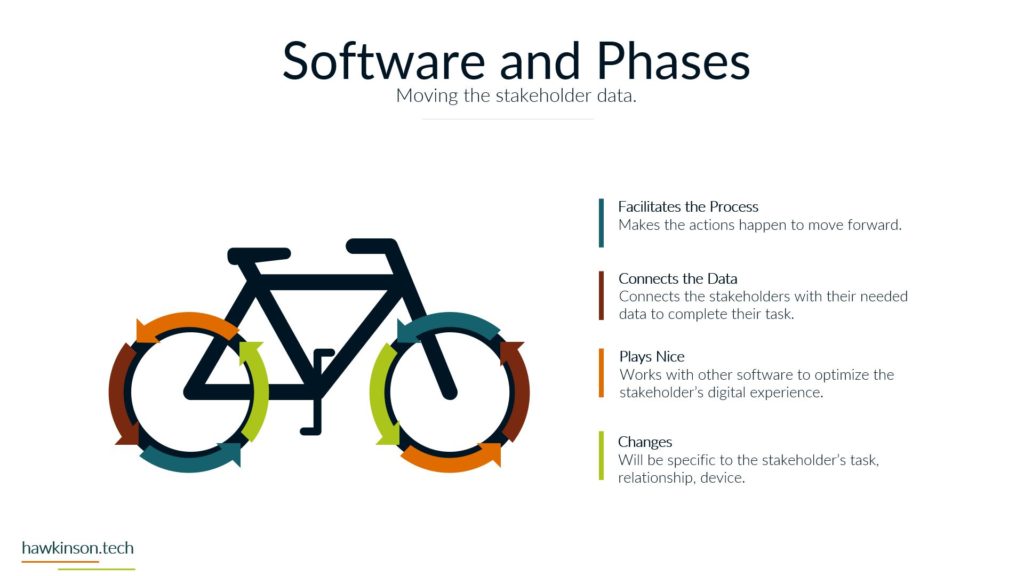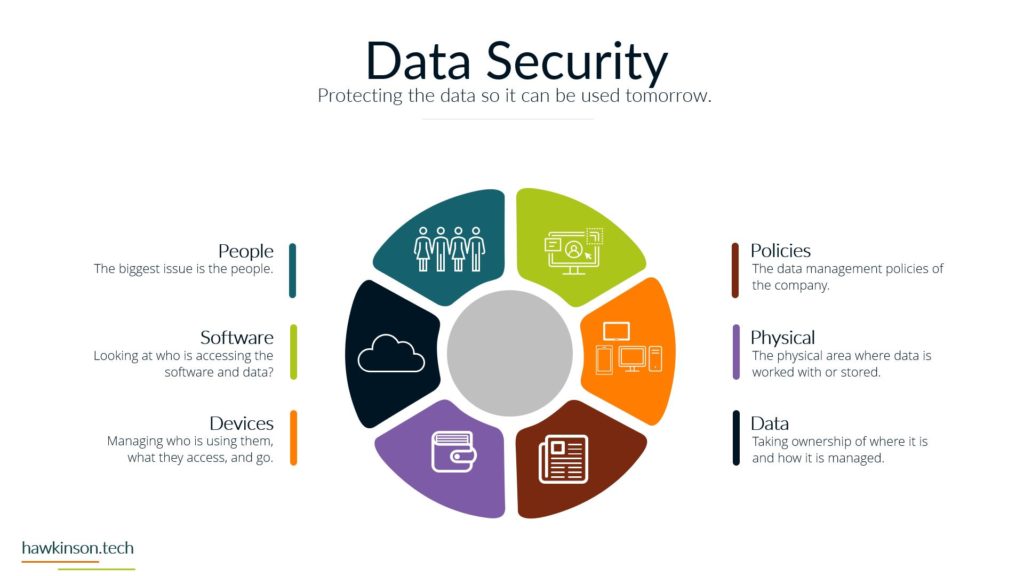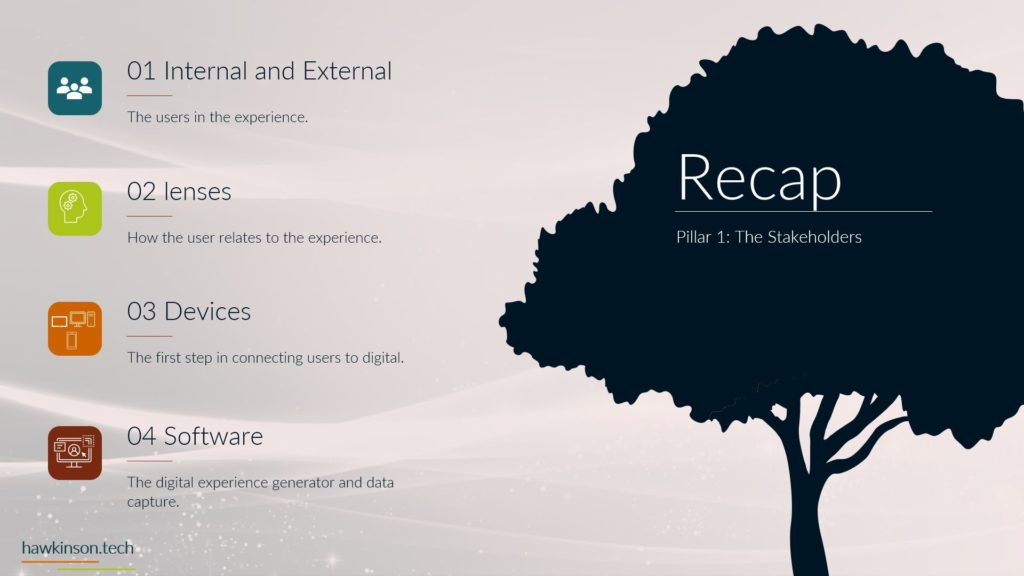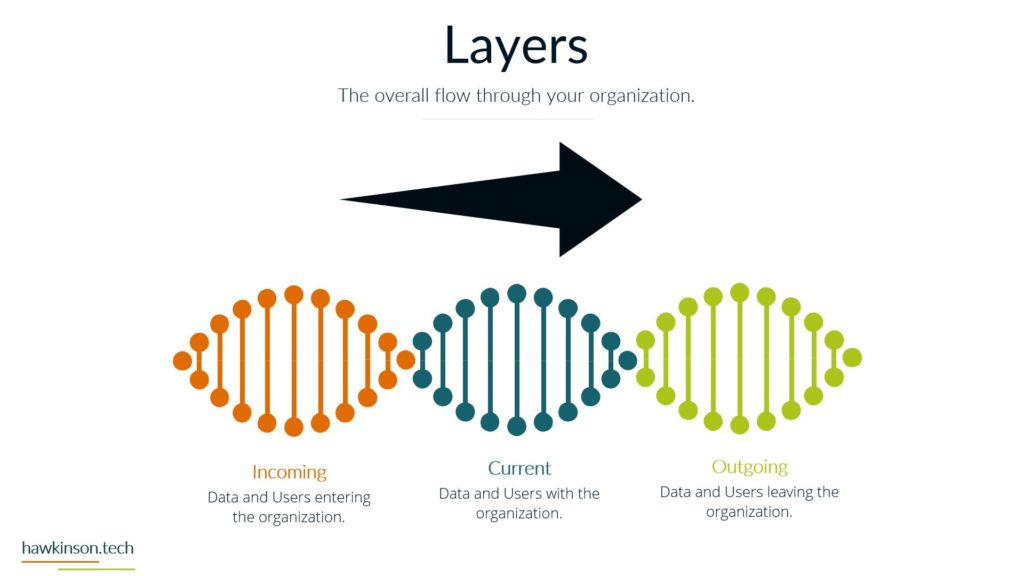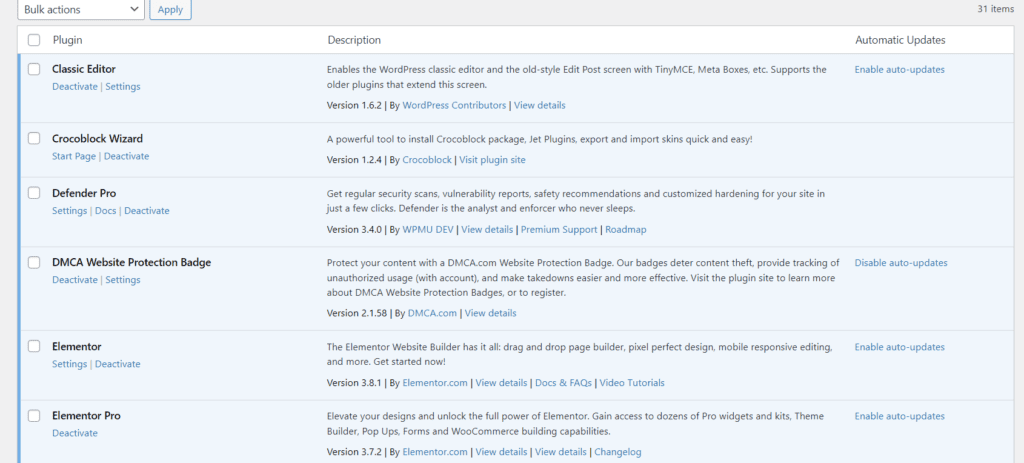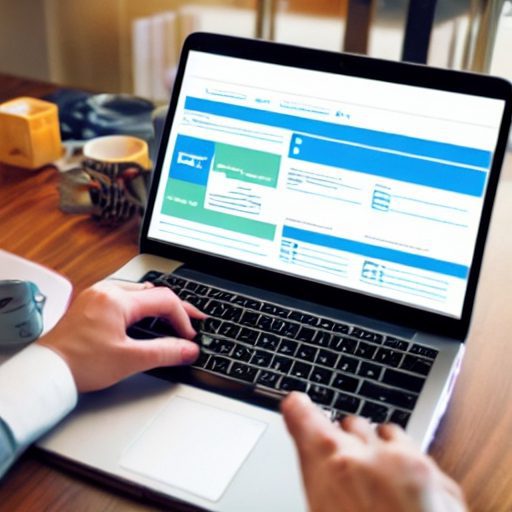Introduction video to stakeholders or users in a digital experience.
Digital Experience | Pillar 1 Stakeholders | Lesson Introduction
Follow Me Elsewhere:
Play Video
Play Video
Hey, everyone, welcome back. So we’re going to continue on our journey. Now we’re going to dive into the stakeholders and we’re going to look at the different users and how they relate to the experience that we’re creating. Stakeholders are a massive part of any type of company experience right now, if you haven’t figured it out any person. Is one of the most valuable assets to a company. Companies only exist because of people. If we as a company are not doing what it takes to get people to properly want to buy from us, to work with us, then it’s going to be very hard for the company to succeed. If we provide an experience that doesn’t encourage people to want to work with the company as employees or contractors, then it’s going to be very hard to grow the company and to keep people. Engaged with the company. So with that, let’s look into the different stakeholders and some of the things that we’re going to discuss. So one of the first things that we’ll look at with our stakeholders is internal versus external stakeholders. See, every company has to deal with people. Some people work inside with the company. So these could be like things like sales reps or our support reps all the way up to executives and the CEO. Then we have external stakeholders which are going to be people. That are buying from us or wanting to come and work with us in some capacity where they’re not employed by the company. In this realm we also have our suppliers which can kind of sit intermediary depending on the architecture of the company. Some suppliers may be very ingrained with the company. Other suppliers may work outside of the company but still interact with internal stakeholders. So we kind of have a mixture there of different kinds of people and the way that they interact with the organization. After that, we’re going to talk about the lenses. Lenses are all about people’s thoughts. This is what people think about and how they’re interacting with the company. You see, each person that comes in contact with the company has a set of what are called heuristics. These heuristics is in their minds eye, all of the different ideals and thoughts around a particular subject. So they have different ways that they see, feel, and think about the things that they’re experiencing with the organization. Depending on their lens and how they’re relating to the company is going to give them a different experience with the company and how they subsequently react with the company. So in other words, depending on how they think is going to determine the behavior that they exemplify and what they do to work with and help the company proceed. Next we’re going to talk about devices. Stakeholders all around the company have devices. Devices aren’t just cell phones. We can have tablets that might be used for. Very specific processes. We might also have desktop computers that allow us to do other types of processes. Then depending on somebody’s job and what they need to do for the organization also determines their device. For example, if we wanted to get very granular, somebody who’s on the dev team or on the development team and the company may have a very, very extraordinary, very powerful device, whereas somebody that’s on our sales part of the organization may have more of a basic device. Mostly because that’s they don’t need what the developer needs. They have different expectations, different lenses and different relationships with the company. So after we talk about devices, then we’re going to go in and we’ll talk about software. Software we’ll get into is a very unique part of experience. And with our digital side, it’s what we use to move software, to move data around to determine what it is that users are going to use or how they’re going to interact with the company or how we’re going to move that data. For a user in the company. So with that, let’s go ahead and move into our first section.
Related Content
More Content
Discover the transformative power of experience design as it empowers organizations to shape exceptional outcomes. Tailor every aspect of operations, foster stakeholder engagement, harness the power of emotion, draw inspiration from diverse fields, leverage tools and
Experience design is a powerful process that involves configuring organizational components to achieve desired outcomes. This blog post explores the key aspects of experience design and its significance in creating exceptional company experiences. It covers tailoring
This article explores the importance of experience design in creating exceptional digital journeys for stakeholders. It covers various aspects of experience design, including customization and personalization, stakeholder engagement and retention, emotion-driven design, Kansei engineering, tools and
Want to know more about email marketing? Discover how combining the power of email marketing with Wix can supercharge your marketing efforts.
Unlock the potential of email marketing in the digital landscape with its cost-effectiveness, personalized engagement, and direct communication. Discover how this potent force fosters strong customer relationships, drives sustainable growth, and becomes a linchpin in your
Use this guide to walk through installing a plugin in WordPress. It covers the steps to install a plugin file from a third party and those found in the plugin repository.
A dependable CRM solution can streamline many tasks of your daily business. Have a look at the must-have features of CRM solutions.
